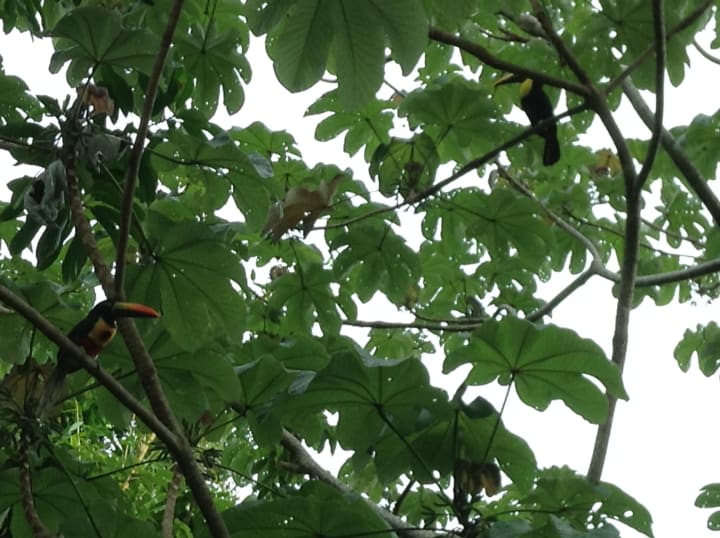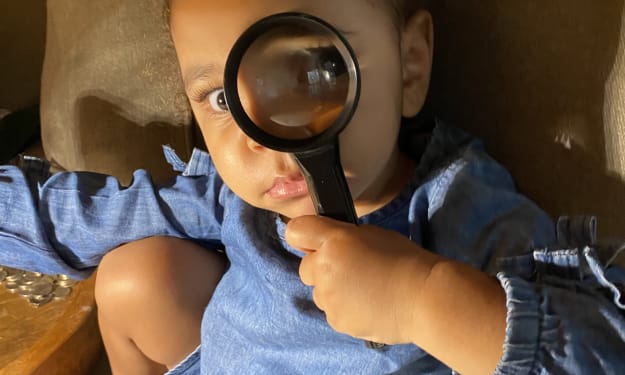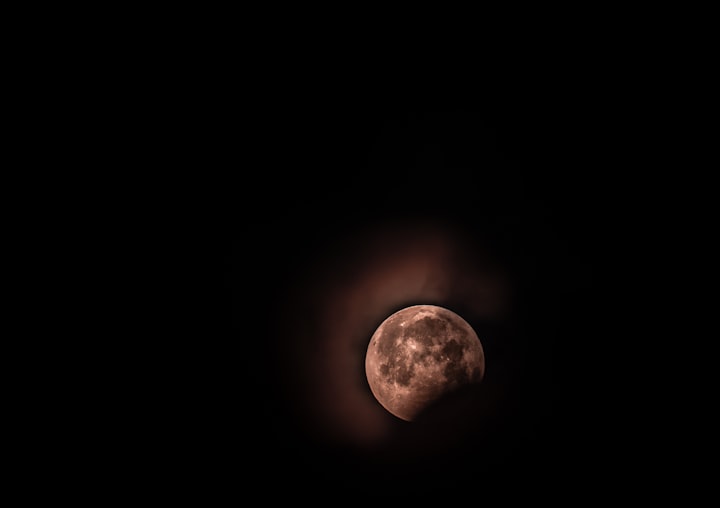
You too can see a toucan! But you have to be in the right place at the right time or see them here through my lens. I did it by catching a flight to the lush jungles of Manuel Antonio, Costa Rica, and then took up residence in 2014. I remember the first time I visited Costa Rica; I fell in love with the lush landscape and the exotic wildlife it had to offer.
Where I stayed was perfectly positioned and surrounded by jungle. Every day I would go out on the balcony overlooking the massive landscape of the tropical forest, with Costa Rican coffee in one hand and eyes ready the see what I could find for the day. Monkeys and sloths became part of my daily life, and they were like my wildlife pets that I didn't have to care for. So many monkeys every day, but only two sloths lived in the trees behind me; then came a baby each year was added to the family. I would see the baby sloth for only a few months then they were set to go on their own. Seeing toucans, on the other hand, was a chance of a lifetime, and I could not believe they came to see me.


The first thought that I had (after the excitement of seeing a toucan) took me back to my childhood, all the way back to Sam the Toucan from the Foot Loops cereal. The whole commercial played out in my head in a matter of seconds. Then I ran to look for the camera, and to my surprise, they did not wait for me. Now that I knew there were toucans in the area, I thought to myself, “I need to keep an eye out for them.” Because they came few and far between, sometimes I could capture one, and other times I would scramble around looking for my memory capture, whatcha ma call it, yes you know that thing-my camera. Once I was able to keep a camera near, the new challenge became focusing the camera. But the important part was that I captured the moments “some good” and “some bad.” Here are some of my first shots.


Through trial and error, I started to learn their patterns (the time of year, time of day, and where they lay); all became part of what allowed me to capture multiple moments during the three years I stayed in Manuel Antonio, Costa Rica. There are over 30 species of toucans; a total of six live in Costa Rica and three along the pacific coast near me. During my time there, I was able to capture two breeds.

The Chestnut-Mandible is sometimes called yellow-throated toucan and is the largest of all toucans in Costa Rica and seconded largest in the world after the Toco Toucan.


The Fiery-billed Aracari looks a bit scarier and less seen.


Just as colorful as the cereal, but who knew they had blue feet. Wow, those beaks are big, and I wanted to hear what they had to say. Although their beaks look like they can tear things apart, they are hollow and fragile. Time after time, I tried to capture the sounds; how lucky was I when I did. Then I was able to catch two together. I started seeing the Chestnut-Mandible more often sitting in the tree right outside of the large floor-to-ceiling window, and then came one of each.

Toucan bird with your black, yellow, red, and green
What a big bird that brings a delicate energy
Colorful beak with blue feet, you are not Sam
You are a real Toucan so please sing for me!

TammyRenee
About the Creator
TammyRenee
As I start my next journey, words are what I have to share,
life experiences, life lessons, and emotional connections from different perspectives.
instagram.com/tammyreneetransformation/






Comments
There are no comments for this story
Be the first to respond and start the conversation.